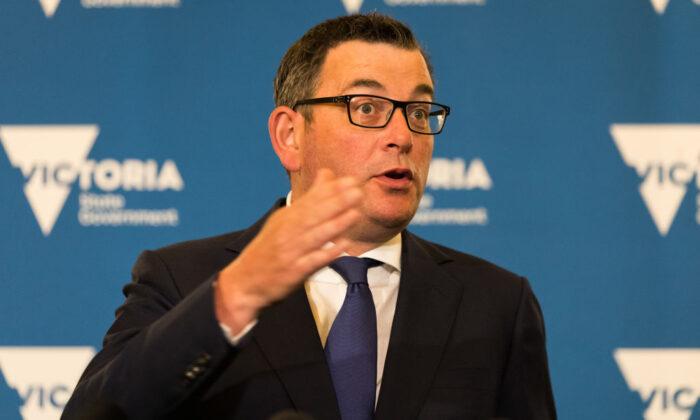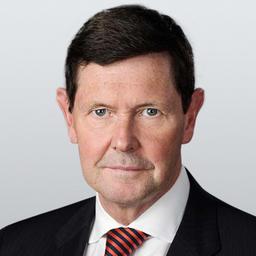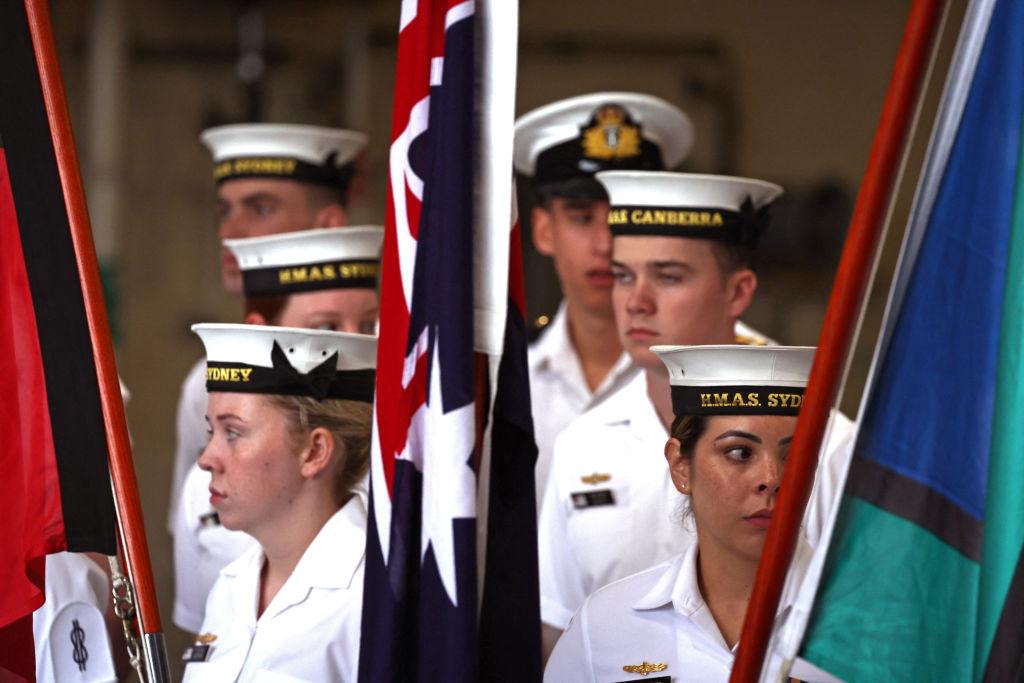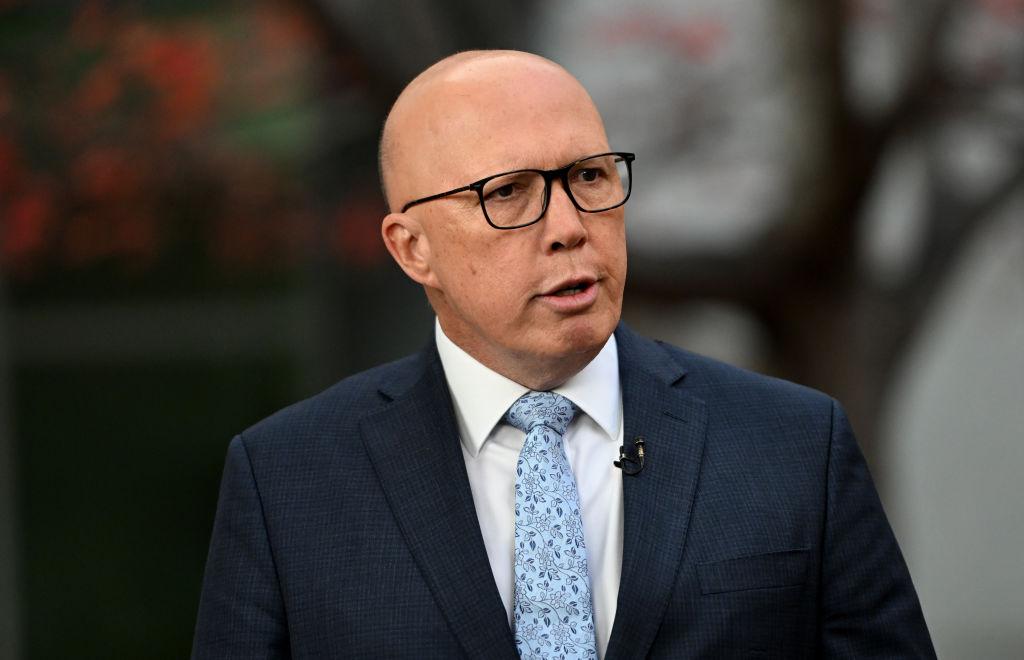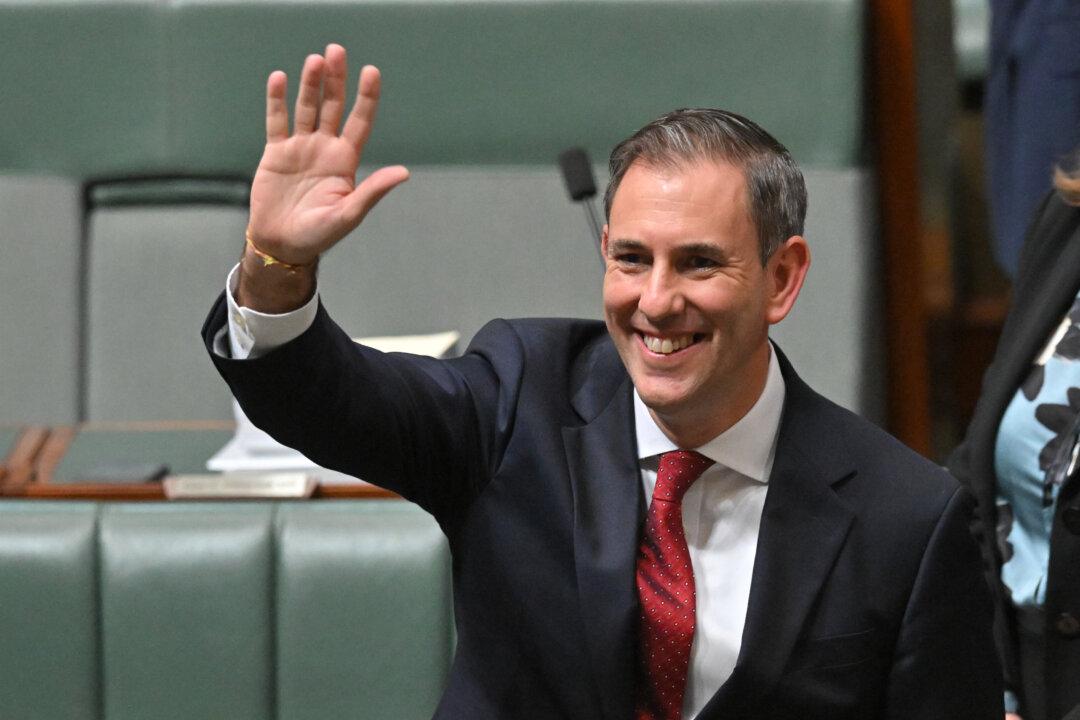The announcement that the Victorian government will pay $380 million (US$243 million) for not staging the 2026 Commonwealth Games is the latest revelation in a sorry saga of disdain for the people of the southern Australian state.
It is not the first time that the government of Premier Daniel Andrews has paid hundreds of millions of dollars—not long after winning government, Labor reneged on the East-West Tunnel at a cost of some $1 billion to Victorian taxpayers.
The dumping of the Commonwealth Games, however, is the most politically cynical exercise of a government that has been increasingly characterised by arrogance and disdain for the public, and a refusal to apologise for its mounting mistakes.
It is becoming increasingly clear that the bid for the games may have been an exercise in political opportunism designed to win votes in regional areas in the lead-up to the 2022 state election.
The idea was born during the COVID-19 pandemic. It seemed to spring from nowhere, something which documents released over the weekend reinforce.
The business case used by the government suggests hastily made decisions. The cost was estimated to be $2.6 billion, based on the $1.8 billion price for the 2018 games on the Gold Coast. Even this cost was higher than the 2022 Birmingham games which came in at just $1.5 billion.

The business case warned of the risks involved because “time has not permitted a more robust ‘bottom up’ approach as key elements of Games planning are not yet understood.”
This figure of $2.6 billion was repeated in the 2023 Victorian budget a year after the initial estimate, and after planning for the games was underway. Within a matter of weeks, the premier scrapped the games, claiming the cost had blown out to $6.9 billion!
The head of Commonwealth Games Australia Craig Phillips said this figure had not been discussed with the organisation and described it as a fantasy.
Buckling Under Debt
Announcing the decision to scrap the games, the premier said the state could not afford to conduct them.The government has blamed the war in Ukraine, COVID, supply chain problems, and interest rates for the decision. It has even claimed that the Commonwealth Games Federation housing requirements were a factor.
The government also claimed that the costs of the athletes’ villages had increased from $250 million to $1 billion; transport costs from $110 million to $306 million; and police and security costs from $201 million to $492 million. Yet there are no detailed figures to substantiate these estimates.
Indeed, there is a figure of an extra $2 billion in the claimed additional costs without any details.
A footnote refers to possible factors, including hyper-escalation driven by tight timelines, supply constraints, inflationary pressures across the economy, increased accommodation costs, and displacement costs for major sporting codes.
This reads like a grab-bag of anything that could possibly increase costs and is not a realistic estimation.
Additional supply chain costs have been known for a long time. Apart from the shortage of materials during COVID, which has now eased, increased labour costs in Victoria are a consequence partially of the state government’s decision to pay excessive wages to workers on its many infrastructure projects. But this was also known when the Games bid was announced.

The premier wants Victorians to forget about the reasons why this financial fiasco arose, and just concentrate on the payment of $380 million as being reasonable.
Having milked the Games for all it was worth at the state election less than a year ago, the secretive Andrews government has abandoned the very regional areas it courted with the promise of a massive injection of facilities and sporting tourism.
The premier says that his government will still spend $2 billion on regional projects. When fully calculated, the premier is proposing to spend more than $2.6 billion—without the games! Regional communities should be wary about what is actually delivered.
Imagine what could have been purchased with the $380 million: hundreds of ambulances and paramedics, additional school teachers, or the nurses the state urgently needs in hospitals and aged care homes.
